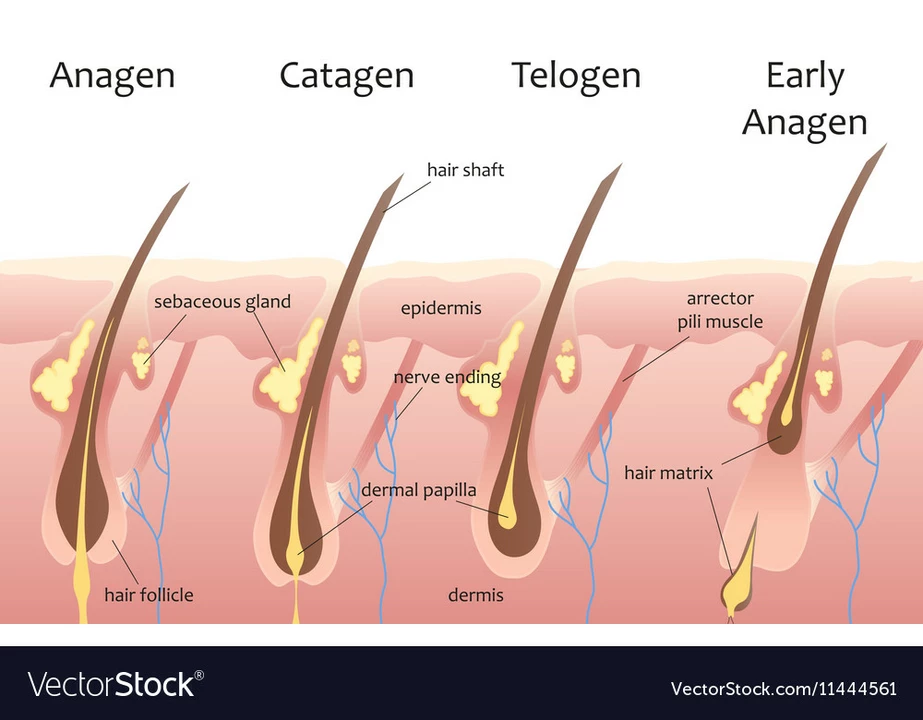Hair Growth: Practical Steps That Actually Help
Dealing with thinning hair? You don’t need miracle cures—just clear, consistent steps. This guide gives simple actions you can start today to encourage healthier, thicker hair over time. No fluff, no overselling—just practical tips that many people miss.
Daily care that matters
Start with how you treat your hair every day. Use a gentle shampoo and avoid washing with very hot water; hot water strips natural oils and can make hair brittle. When you towel-dry, blot gently instead of rubbing. Pick a wide-tooth comb to detangle when wet—wet hair breaks more easily. Limit heat styling to special occasions, and when you do use heat, pick a moderate setting and use a heat protectant.
Choose hairstyles that don’t pull tight on the scalp. Constant tension from tight ponytails, braids, or extensions can cause traction alopecia—hair loss that can become permanent. If you use hair dyes or chemical straighteners, space treatments farther apart and follow product instructions carefully.
Nutrition, supplements, and targeted treatments
Your scalp needs fuel. Eat protein-rich foods, healthy fats, and plenty of iron-rich vegetables or lean meats. Vitamin D and zinc matter too; low levels often show up as faster shedding. If your diet is limited, a basic hair-support supplement (biotin, iron if deficient, vitamin D after a test) can help—but don’t assume more is better. Overdoing supplements can cause side effects.
Topical minoxidil is one of the few over-the-counter options with consistent evidence to slow hair loss and stimulate growth for many people. Use it as directed and expect to wait a few months to see results. For men with male-pattern baldness, finasteride (prescription) is another option to discuss with a doctor. If you try these, commit for at least 6 months to judge effect.
Some herbal or dietary ideas show promise but have mixed evidence. If you’re curious about supplements like kiwi-based formulas or plant extracts, check product quality and look for products tested by third parties. Our site covers several supplements and herbal options that people ask about—read product-focused posts to compare ingredients and safety.
Stress and sleep matter more than many expect. Chronic stress speeds shedding, so add small stress-reduction habits: short walks, consistent sleep, or a simple breathing break daily. Poor sleep also interferes with tissue repair, including hair.
When to see a professional? If you notice sudden, patchy hair loss, scalp pain, severe shedding, or if hair loss follows a new medication, book a doctor or dermatologist visit. They can run simple blood tests (thyroid, iron, vitamin D) and advise on prescription options or medical causes.
Small changes add up. Adjust daily hair handling, improve nutrition, consider proven treatments like minoxidil, and get medical help for sudden or severe loss. Stick with sensible steps for a few months—hair growth is slow, but steady habits bring results.

